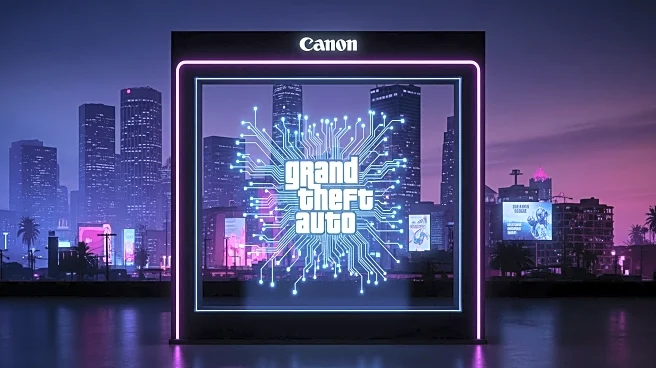What's Happening?
Chris Stockman, the design director of the original Saints Row game, has publicly supported a $100 price tag for Grand Theft Auto 6, arguing that the game's scope and production magnitude justify the cost.
This comes amid industry discussions about rising video game prices, with some companies already increasing prices from $70 to $80. Stockman believes GTA 6 is unique in its ability to command such a price, given its anticipated record-breaking development budget and potential for critical and commercial success. Despite this, analysts have expressed concerns that a $100 price could limit the game's audience, suggesting that the optimal price point remains at $70.
Why It's Important?
The pricing of Grand Theft Auto 6 is significant as it could set a precedent for future video game pricing, potentially influencing the entire industry. If Rockstar Games successfully sells GTA 6 at $100, it may encourage other companies to increase their prices, impacting consumer spending and accessibility. This could lead to a shift in how video games are marketed and sold, affecting both developers and players. The debate highlights the tension between rising development costs and consumer expectations, with potential implications for the economic dynamics of the gaming industry.
What's Next?
As the release date for GTA 6 approaches, the gaming community and industry analysts will closely monitor Rockstar's pricing strategy. The decision could spark further discussions on pricing models and consumer value in the gaming industry. Additionally, Rockstar's approach to GTA Online, whether as a standalone product or integrated with GTA 6, will be crucial in determining the game's overall market strategy. Stakeholders will be watching for any announcements from Rockstar regarding pricing and distribution, which could influence future industry standards.
Beyond the Headlines
The debate over GTA 6's pricing also touches on broader issues of intellectual property and market competition. As games become more complex and expensive to produce, companies may seek to protect their investments through higher prices. This raises questions about the balance between innovation and accessibility, as well as the role of consumer feedback in shaping industry practices. The outcome of this pricing debate could have long-term effects on how video games are developed and marketed.











